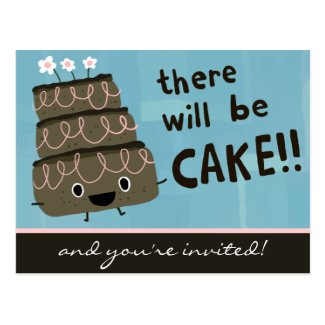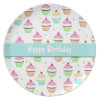Why do we celebrate birthdays with birthday cake?
Have you ever wondered why we celebrate birthdays with cake? Why not fruit salad? Or chopped liver? The answer lies in the history of birthday celebrations.
The round birthday cake originally honoured the Greek goddess of the moon
According to the ancient writings of Philochorus, it appears that the first sign of the birthday cake comes from the Greeks. The Ancient Greeks did not celebrate the birthdays of mere mortal women and children, but they did celebrate the birth days of their gods (and of the adult male members of each household). It is the birth day celebration of the goddess Artemis that is likely to be responsible for the first birthday cake.
Artemis was the goddess of the moon (amongst other things), so on the monthly anniversary of her birthday, the Greeks would bake a round, full-moon-shaped cake in her honor. The bread-like cake was sweetened with honey, and its sweet taste was meant to imbue the occasion with pleasant sweetness they wanted to convey to their goddess. There is evidence suggesting that lighted candles were put on the cake to let the cake glow like the luminous moon.
When the Greeks fell in power, birthday cakes (and soon after that, birthdays) disappeared off the timeline for a while.
Our modern birthday cake tradition stems from the Middle Ages in Germany
Early Christians did not deem the birth of a condemned soul, “born into sin”, as a cause for celebration, so for centuries birthdays were not celebrated. But then there was a shift in Christian thought. Around the 4th century Christ’s birthday was approved for celebration, giving rise to Christmas, and after that the celebration of common people’s birthdays began gaining popularity too.
It is unclear how this tradition started, but around the 13th century, cake became central to the birthday festivities for German children in a celebration called Kinderfest. Some suggest that cake became incorporated into children’s birthday parties after it became part of the traditional way to honor Jesus’ birth. In the Middle Ages, Jesus’ birthday (Christmas) was often celebrated by baking a cake in the shape of a swaddled baby Jesus.
During a birthday Kinderfest a round cake was made, mostly because it was the easiest shape to make. Some suggest that it was round like the cycle of the year. This cake was then topped with lighted candles. Rather than symbolising the moon’s light, here it is likely that the candles took on a new Christian-approved significance, symbolising the “light of life” with a candle representing every year of the child’s life, plus another extra candle symbolic of more life to come.
Unlike our modern birthday cake candle traditions, the candles of the Kinderfest cake would be kept lit throughout the day (and were changed if the candle burned down). The cake was finally eaten towards the end of the day, after the family meal. Before the cake was eaten, the candles were blown out as the child made a wish. The idea was that the extinguished candles’ smoke would help convey the wish up to God in heaven, to help it be fulfilled. This belief that smoke from a fire brings messages up to the heavenly gods has ancient roots that precede the Kinderfest.
So next time you sink your teeth into a delicious birthday cake, you can know that you’re taking part in a tradition that has been around for well over 800 years. And what with birthday parties arising even for pets these days, we can consider ourselves fortunate to be living in an era that loves celebrating birthdays for one and all!
Related articles
- Why do we sing the “Happy birthday to you” song on birthdays?
- Why is Christmas on the 25th of December?
- Why do we wear green on St Patrick’s day?
- Why do we celebrate Valentine’s day?
- Why do we have the engagement and wedding ring custom?
Related Products













This is makes so much sense. I never would of it in that way.